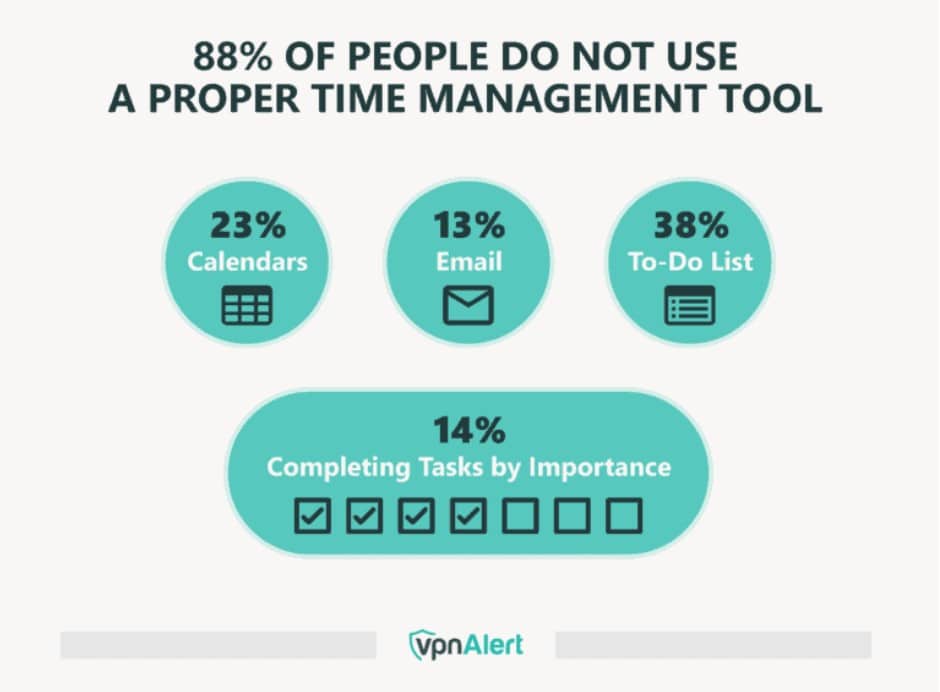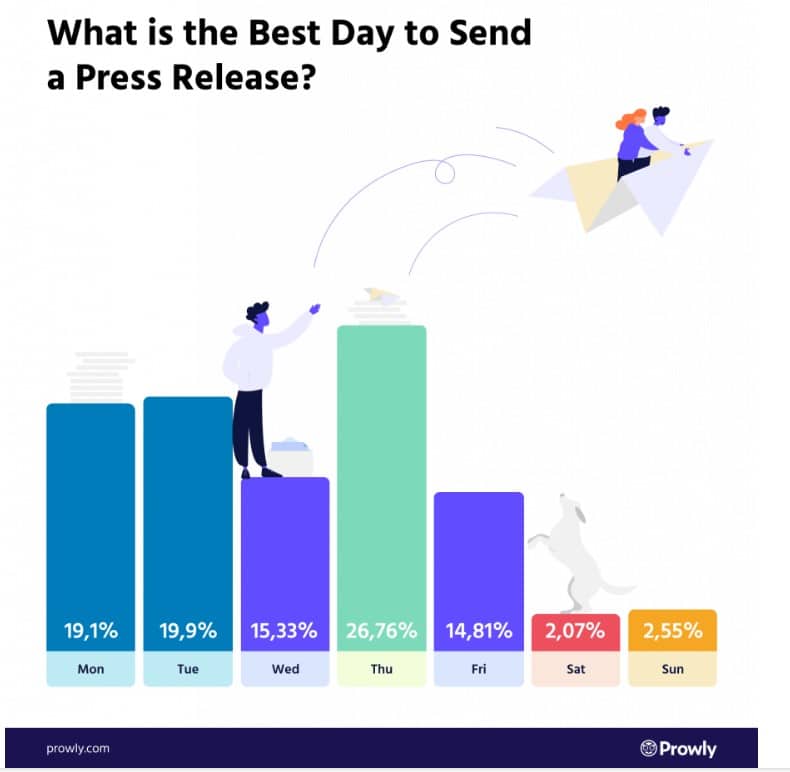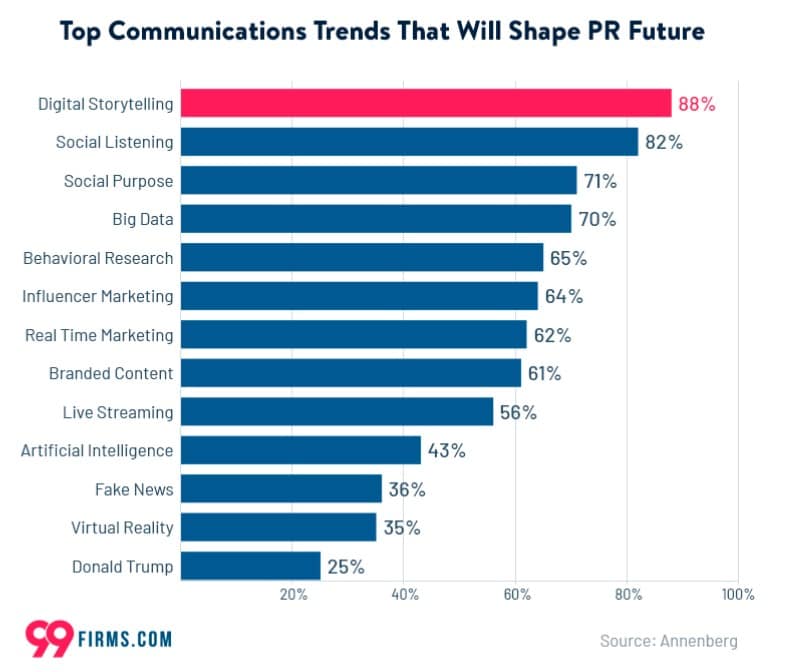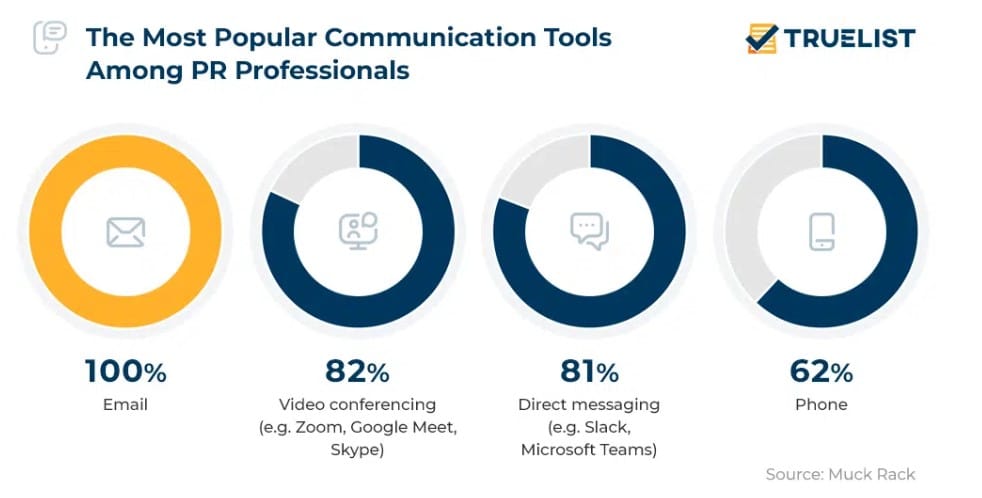Public relations requires careful strategizing and planning, often months or even years in advance yet with the ability to change at the last minute.
PR specialists use a range of tools to help them manage ongoing and future campaigns and streamline their strategies. Out of all the tools at their disposal, one is absolutely vital: a PR calendar.
But how can a PR calendar benefit your PR strategies and overall PR goals, exactly? This article covers everything you need to know about the usefulness and benefits of a PR calendar as well as a five-step guide to creating your own.
Components of a PR calendar
Calendars are, of course, essential tools for business strategies, from lead generation to contact centre workforce management, but what does a calendar look like for PR specialists, specifically?
A PR calendar, sometimes called a PR timeline, is a strategic document that helps you or your company plan your public relations activities months in advance.

PR calendars typically include:
- Campaign dates: Key dates when a PR campaign or initiative is scheduled to launch and end.
- Key activities: Specific actions that need to be taken as part of your scheduled PR campaign, such as issuing a press release, hosting an event, or publishing a social media post.
- Goals and metrics: The PR calendar should include the goals of each campaign and how success will be measured.
- Key dates and events: These might include product launches, industry events, holidays, and any other dates that are relevant to your PR efforts.
- Responsible parties: For each key activity, campaign, or event, the PR calendar should specify who is responsible for completing it.
- Channels: These are the mediums or platforms (like social media, press releases, blogs, etc.) that you’ll disseminate PR campaigns through.
How does a PR calendar benefit your PR strategy?
1. Boosts your efficiency and organization
A PR calendar helps keep your team organized and efficient. It clearly lays out who is responsible for what and when things need to be done, reducing confusion and the possibility of missed deadlines.

Image sourced from vpnalert.com
Many PR calendars can be synced with your communications strategies more broadly and can even help you automate procedures from content releases to your eFax service. You can also keep the calendar open and refer to it in team meetings to ensure you stay on track.
2. Helps you to plan based on opportunities
With a PR calendar, you can anticipate and plan for relevant monthly or annual events, holidays, and industry happenings. This allows you to take advantage of timely opportunities for press coverage and reaching your audience.
By leveraging current events, you can deploy content, reach out to clients, or plan product launches at the perfect time. PR managers are well aware of the importance of opportunistic planning in PR.
3. Keeps your messaging consistent
Consistent brand voice and messaging across different campaigns and channels is essential to the success of any PR campaign and your overall brand reputation. Not least because it helps enhance brand recognition among your audience.
With a PR calendar, you can set out key branding and messaging goals and tips to all your team members as embedded notes or linked guides attached to each event or activity. A PR calendar also prevents the chance of unwanted misaligned content releases, such as emails going out earlier than social media posts.

Image sourced from prowly.com
4. Helps you measure and evaluate your success
A PR calendar provides a roadmap of your PR activities, which can be a useful tool for measuring success and evaluating the effectiveness of different initiatives.
Whether it’s seeing which social media channels are most effective at generating leads or analyzing your internal communications and collaboration to see if you need new comms software like an alternative to Vonage, integrating both PR-specific and wider business goals into your PR calendar can be incredibly useful.
By recording your goals and KPIs (Key Performance Indicators) alongside your activities, you can more easily track your progress and make adjustments as necessary.
5. Saves time and money
When you know in advance what activities are happening when, you can better allocate your resources, whether that’s people, time, or money. This can help you avoid overstretching your resources or facing last-minute scrambles.
Your PR calendar can be integrated with your emails, address book, and accounts of other colleagues. And just as you might do a person search using an online phonebook, you can search for specific persons or email addresses linked to the calendar.
The time and money saving benefits of a PR calendar are obvious, since more efficient teams can quickly become more productive. It also means you can effectively plan activities like press releases and social media posts based on dates when they are more likely to produce the most revenue or leads.
6. Helps you avoid content gaps
Regularly scheduled content is important for keeping your audience engaged. It builds brand awareness, helps you reach more customers, and often helps with digital algorithms that determine how often you appear on social media or how high your website appears on search engine results pages. After all, SEO and PR go hand in hand.
A PR or content calendar can help you spot any gaps in your content schedule so you can ensure a steady stream of material. It can also help you avoid overdoing it by sending too many emails, for example, in a short period.
How to create a PR calendar in five steps
1. Choose a calendar tool
You may already be using a calendar tool in your business, but if not, the first step is absolutely to choose a calendar tool with all the necessary functionalities for a PR calendar including:
- Easy online access: You and your teams will want quick and easy access to your PR calendar wherever you are, so ensure it’s shareable and mobile friendly.
- Collaborative: PR campaigns have lots of moving parts and multiple people on one project, so choose a calendar tool that allows for multiple user access and editing rights.
- API-friendly: You may wish to sync your calendar with your emails, project management software, or cloud contact centre software, so make sure your calendar tool can interact with a range of applications.
Many calendar tools are free or come as part of broader business office packages, but whatever your choice make sure it meets your business needs.
2. Create goals and key metrics
What do you want out of your PR strategy and how are you going to measure your success? These are key questions you should be asking yourself when creating a PR calendar, as they are integral to meeting your goals.
Think about what objectives you have and how you’ll measure them, such as tracking website traffic or lead generation. Make sure it’s clear how each calendar entry relates to these goals and metrics.

Image sourced from 99firms.com
You can also align your goals and metrics to new and trending PR strategies that you want to test out and implement. Digital storytelling and social listening are certainly buzzwords in PR right now, but until you’ve seen how well you can use them and if it’s making a difference to your metrics, you can’t be sure if they’ll work for you.
Lots of online calendars have categorizing systems you can make use of, so you can essentially tag or label different events and launches with the goals and metrics they relate to.
3. Add key dates
Opportunistic PR planning also makes the most of external events and occasions to ensure you take advantage of any opportunities that arise. This can include everything from seasonal events and major holidays to end of financial year dates for different businesses you wish to target.
You should also input key dates from your own PR calendar, from product launches to networking events. Your PR calendar should be able to provide a comprehensive view of the next two years (at least) so you can plan your campaigns well in advance, as PR is as much about long-term strategies as it is about quick, opportunistic activities.
4. Input activities and channels
Next, it’s time to input the different activities you will be performing over the next year or more and their associated staff members and channels, including both in-person events and online channels as well as the ever-essential email promotions and press releases.

Image sourced from truelist.co
As suggested above, consider labeling activities based on specific goals or campaigns they connect to, so that you and your team can easily filter the calendar to look only at specific events and activities.
Consider the international reach of your PR outputs, too. Should blog posts be expanded to cover target regions for your customer base, such as finding content opportunities on websites with qa domains? This should all be included when you schedule activities to ensure you’re targeting the right audience.
5. Continually monitor and adjust
Just as the world of PR and business is ever changing, PR calendars are not static. Instead, they are live documents that will be continually added to, monitored, and adjusted.
Dates will change, team members will take over different projects, businesses will undergo legacy system migration, and entire campaigns may need to be shifted to a different or additional online channel. You must make sure your PR calendar has the flexibility and wiggle room built into it to handle these often last-minute changes.
You should also regularly review the effectiveness and efficiency of your PR calendar. This is where those business goals and metrics highlighted above come in handy again. Analyze your KPIs and consider trying alternative formats for your calendar to see what’s working best.
Conclusion: Achieve your PR goals with a well-organized calendar
In the fast-paced and increasingly digital and collaborative world of PR, a standard business calendar isn’t enough. What you need to succeed is a PR calendar.
With an online PR calendar featuring labeling functions and regular monitoring aligned to your PR goals, you can ensure you and your PR team are more efficient and consistent in your approach.



